Climate change already affects millions of people. Extreme droughts, forest fires, flooding and melting glaciers.
It has a devastating impact on agriculture and food security and is creating millions of climate refugees. The UN Climate Panel (IPCC) has made it clear that the removal of atmospheric carbon dioxide is necessary to mitigate climate change and bring it to safe levels, in accordance with the Paris Agreement.
Aggressive emission reductions are essential, as is large-scale carbon removal. If the climate is neglected, we increase the risk of reaching that catastrophic and irreversible tipping point of beyond two degrees Celsius.

The burning of fossil fuels and human activities building up CO2 concentrations in the atmosphere causing global warming with disastrous consequences.
Somewhere around 350 ppm (parts per million) is considered a safe level is already passed, and with that in mind, some 800 gigatons of historical CO2 needs to be removed.
The Paris Agreement aims to limit the temperature rise to 1,5 C according to the recommendations of the IPCC. By 2050 the whole world needs to achieve zero emissions to prevent the risk of a temperature rise of over 2 degrees Celsius.
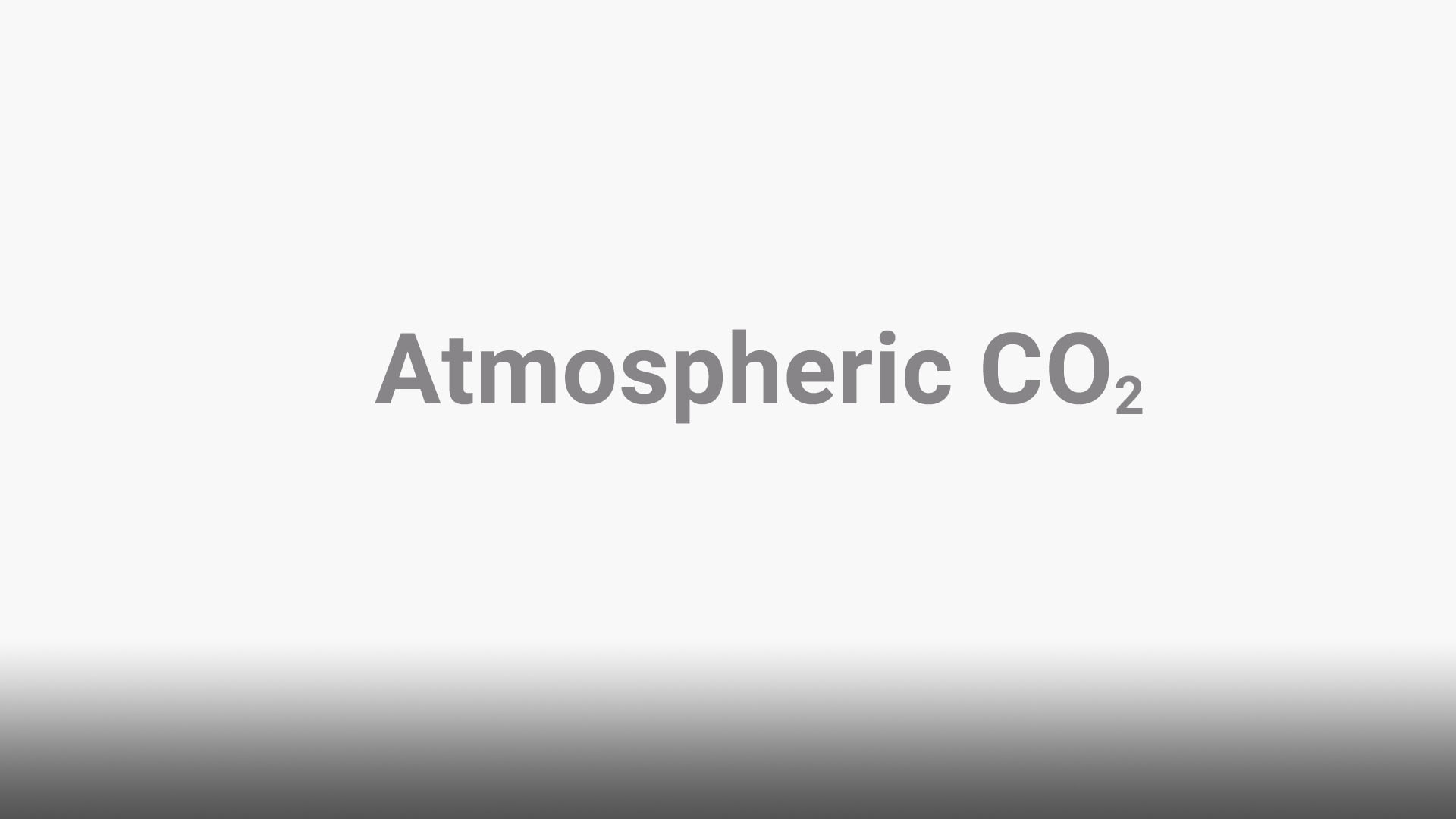
Carbon dioxide traps heat in the atmosphere and is one of the so called greenhouse gases.
CO2 emissions remain in the atmosphere for thousands of years. Even if we manage to remove all of our emissions it would still take centuries for the climate to recover.
Carbon dioxide (CO2) enters the atmosphere through burning fossil fuels (coal, natural gas and oil), solid waste, trees and other biological materials, and also as a result of certain chemical processes (e.g., cement manufacturing).
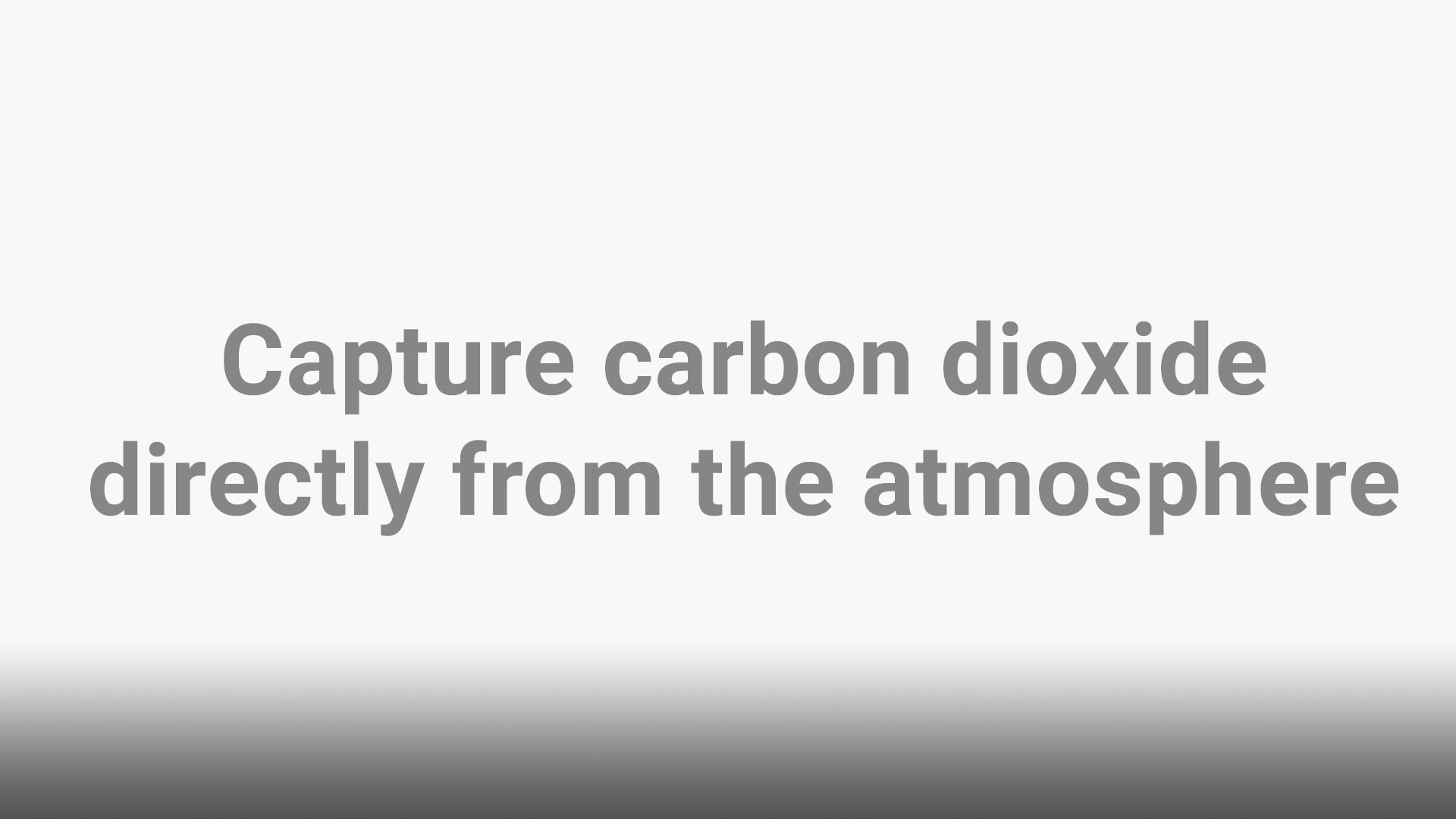
Calculate your carbon footprint. There are three categories of CO2 emissions.
Scope 1 – Direct emissions: produced by the emitter, such as combustion of fuels from driving a car.
Scope 2 – Indirect emissions: generated by the electricity or heat consumed and purchased by the emitter.
Scope 3 – Indirect emissions: produced by the activities of the emitter but owned and controlled by different emitters. Scope 3 emissions are derived from the whole value chain, such as waste and transportation from suppliers and to the consumer.
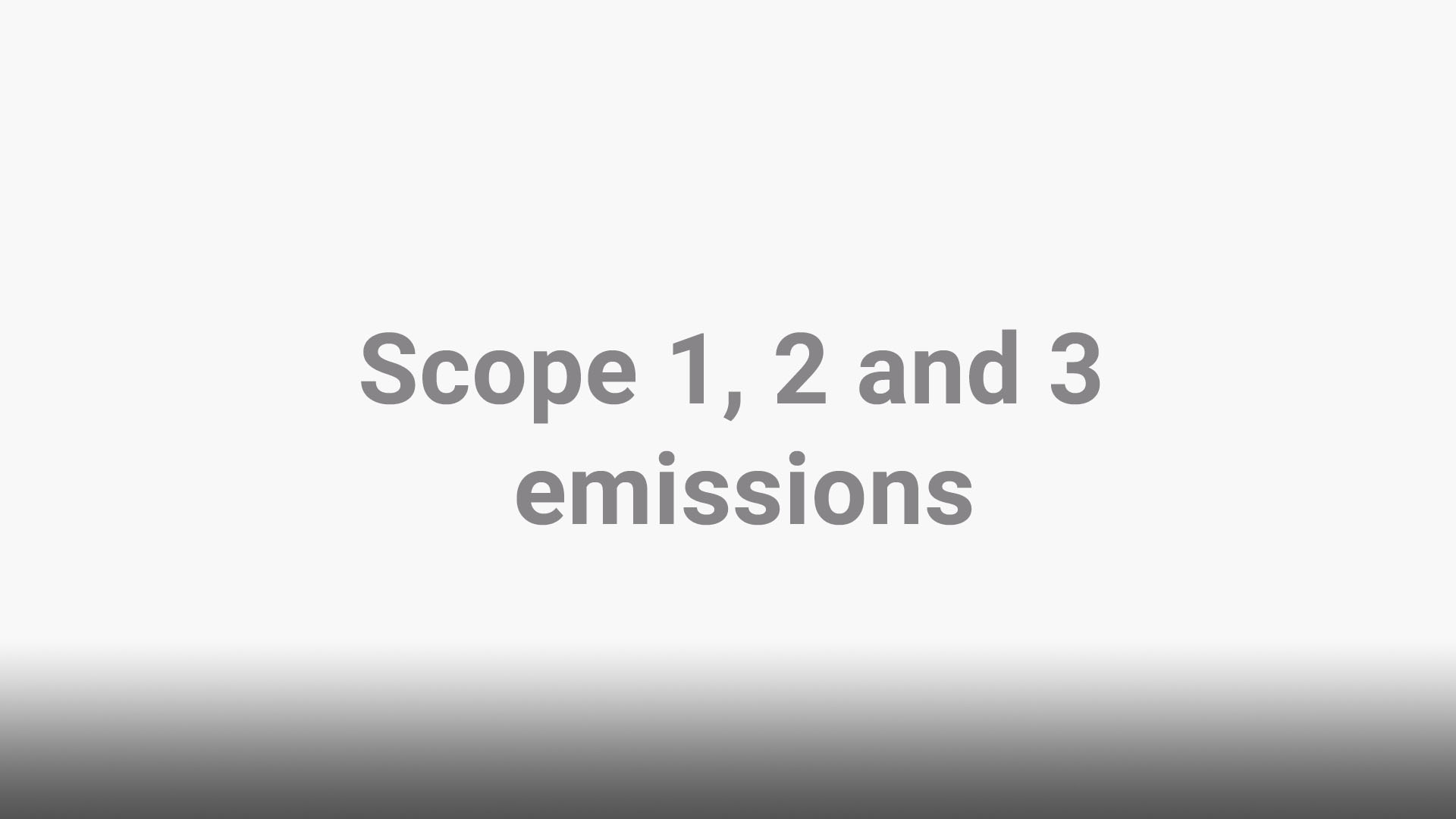
Direct Air Capture technology is a so-called Carbon Dioxide Removal (CDR) technology.
The emerging carbon removal industry uses methods to remove and store carbon underground in geological formations, resulting in negative emissions.
To decarbonise the word we naturally need to avoid fossil-based products and activities, make reductions and create efficiencies, develop and implement renewable energy. But these will take decades to have an impact, even longer for developing countries.
What we must also do is start to remove hard to capture, residual and historical emissions.
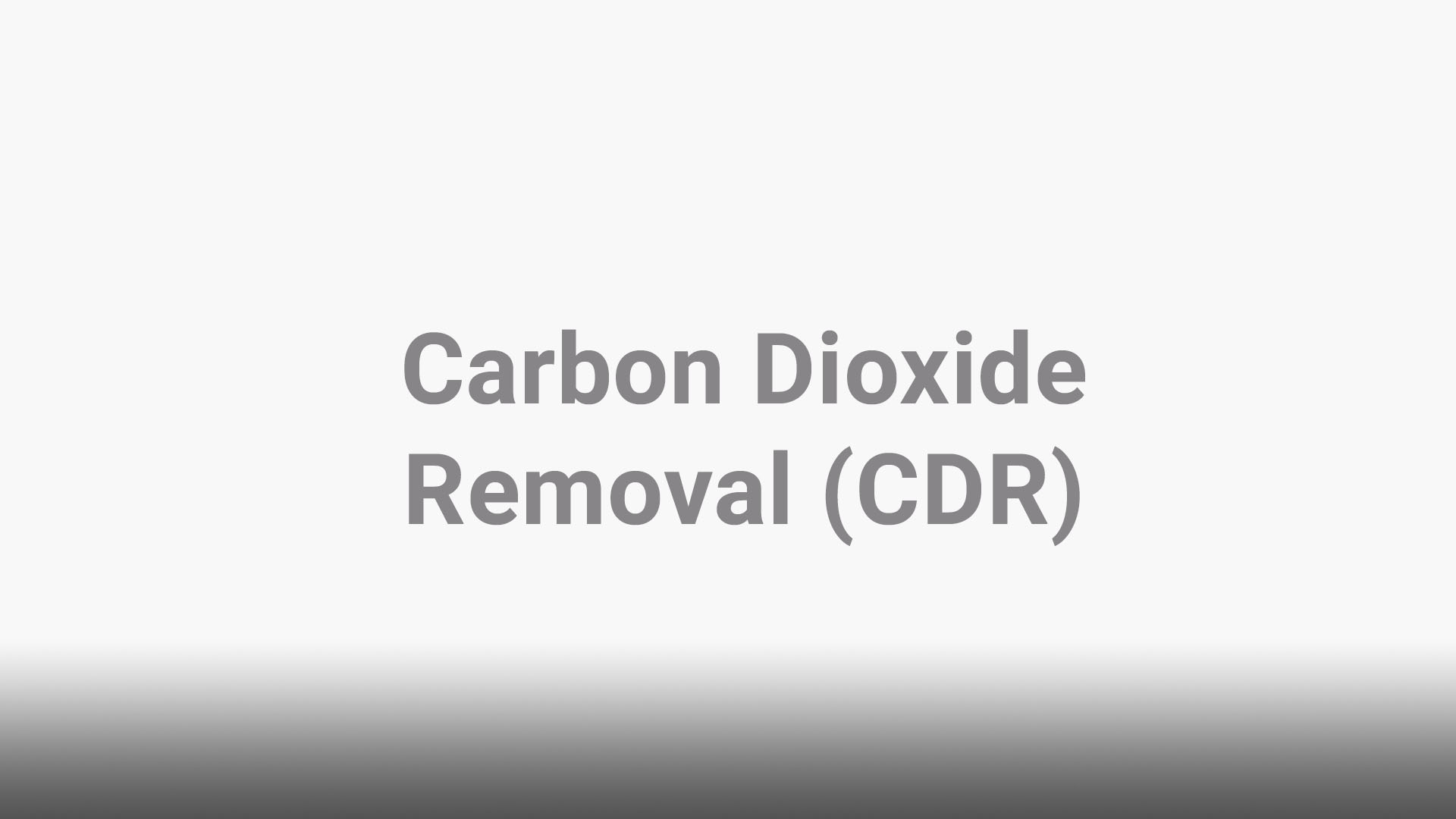
The Net Zero is a powerful target that will align and move entire industries forward.
With the help of Direct Air Capture, negative emissions can really contribute and complement the climate roadmap toolbox.
Due to demand from climate groups and customers as well as pressure from employees, hundreds of large companies are setting up plans to become carbon-neutral before 2030.

Reduce the emissions you can, then we remove the rest together.
DAC technology can be used in sectors and situations where other methods are difficult to apply, such as in agriculture, aviation, transportation and for Scope 3 emissions.
Progressive climate roadmaps are beginning to emerge from several global companies. One example is Microsoft, which has announced an aggressive commitment to become Net Zero by 2030, and thereafter to also remove historical emissions from as far back as 1975.
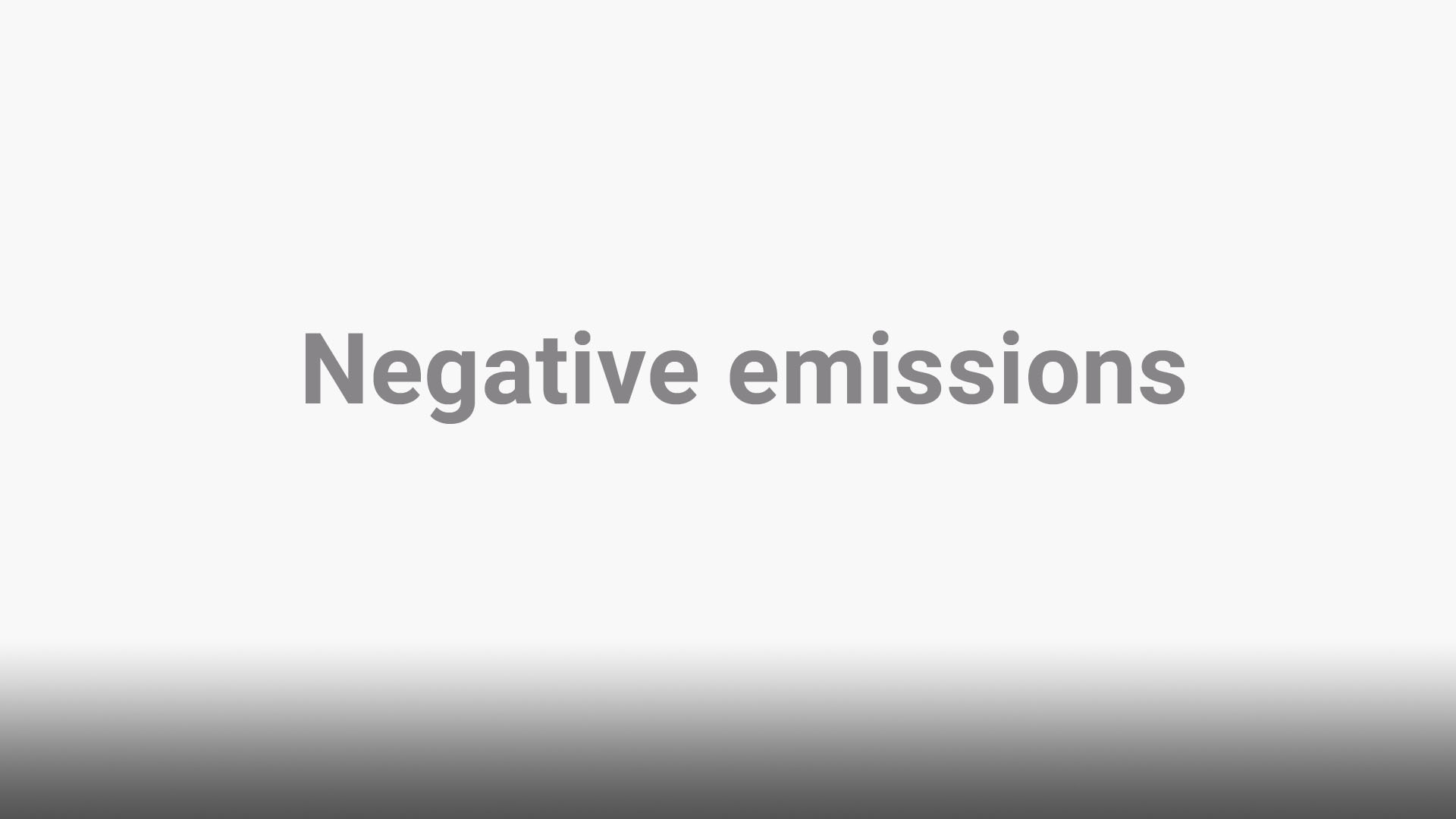
Right now we witnessing an empowerment of the masses putting pressure on decision-makers worldwide.
Climate initiatives and organizations are gaining momentum, showcased by new climate action groups mobilizing millions of supporters in demonstrations, such as Fridays for Future.
More and more, companies, countries, scientists, NGOs and individuals are aligning efforts to make a stronger collective impact. No borders, walls, or weapons can protect us, nor dissolve our planet's blanket of warming greenhouse gases.
Climate change is an integrated part of all the UN Sustainable Development Goals for sustainable, safe and healthy societies. The climate crisis hitting the poorest countries the worst. It is time to empower our next generation by accelerating carbon removal technologies.

